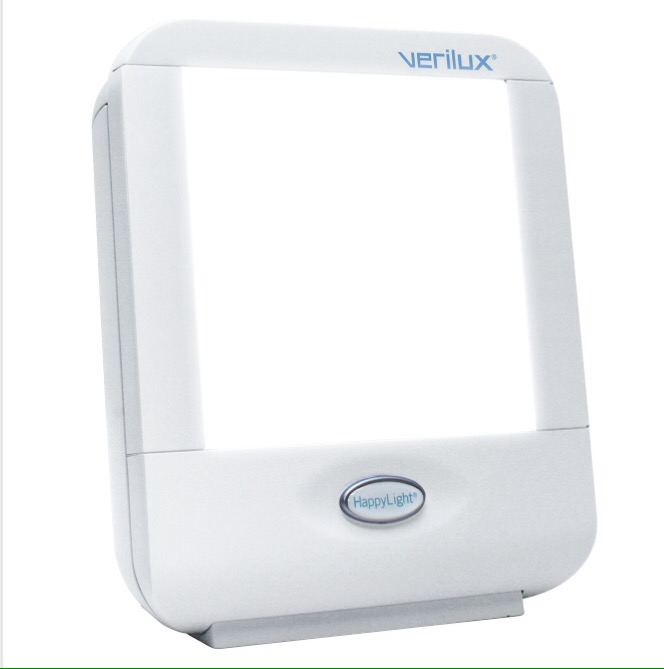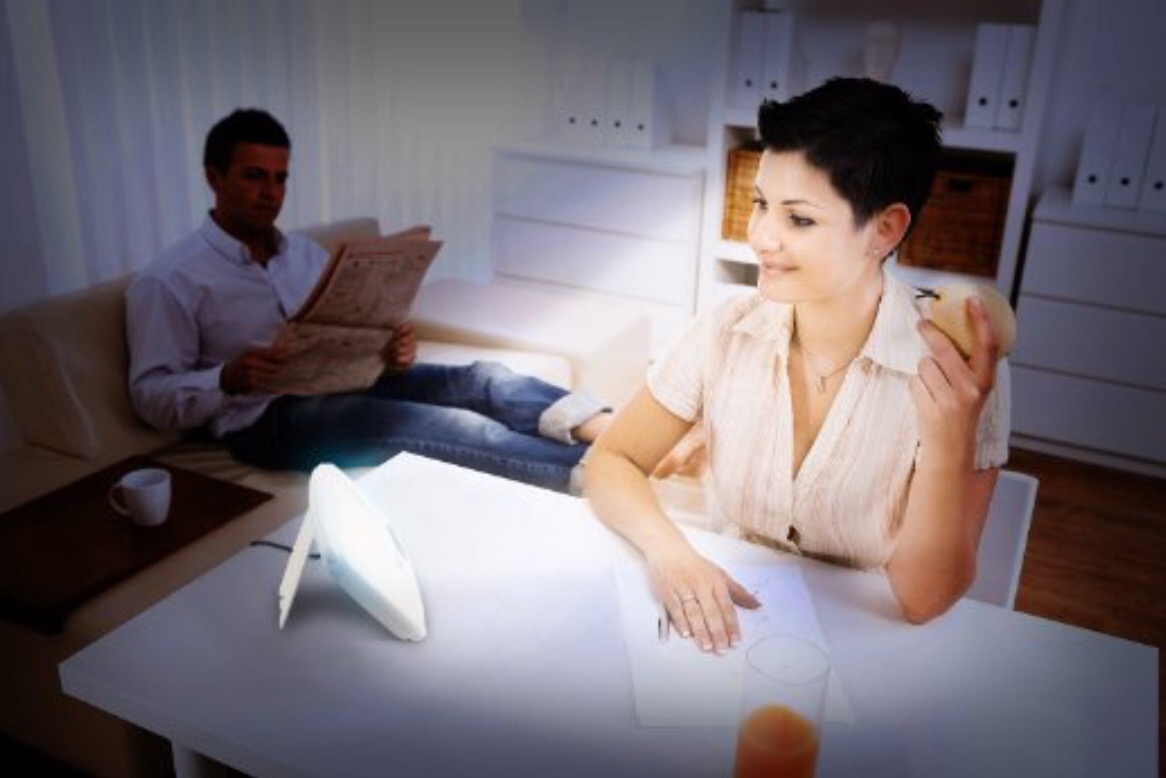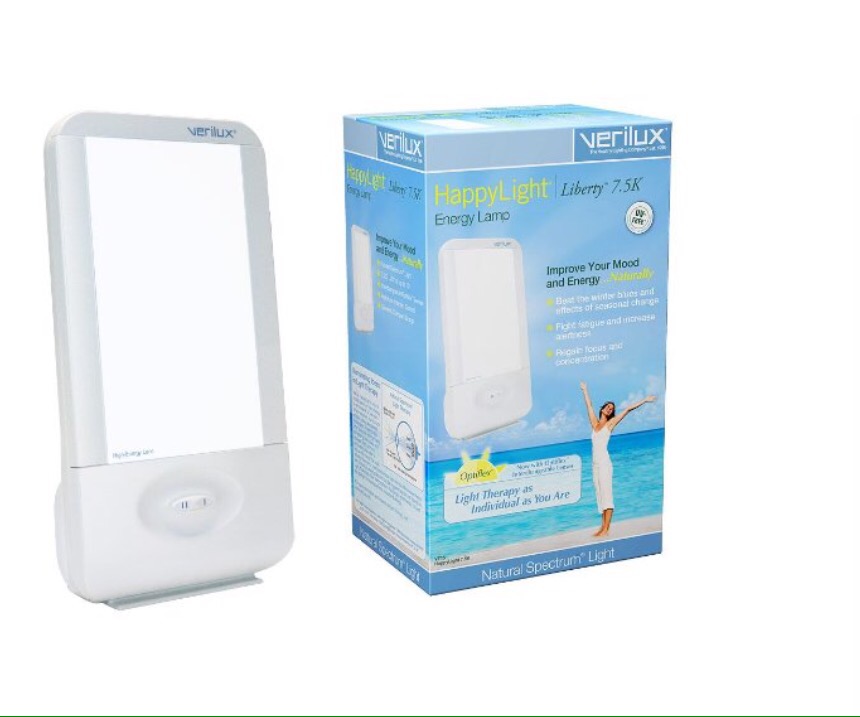
What Is Bipolar Disorder?
Bipolar disorder, formerly called manic depression, is something to be taken seriously. The disorder causes extreme mood swings that include emotional highs and lows. The emotional highs are often called mania or hypomania and the lows are called depression. These mood swings can occur once or twice a year or as much as several times a week. When feeling depressed and low, people often lose interest and pleasure in most activities, feel hopeless, and especially sad. When the opposite feeling occurs, people often feel full of energy, as if they’re on a high. For people struggling with severe Bipolar disorder, these mood shifts are very intense and exaggerated and happen frequently.
How Do I Know If I’m Bipolar?
There are many different types of Bipolar disorders and related conditions. The symptoms for these disorders change depending on the person struggling. MayoClinic, a reputable website for all things medical, has a section on Bipolar disorder describing the differences between Bipolar I and Bipolar II, and other related disorders, as well as their symptoms…
- Bipolar I disorder. You’ve had at least one manic episode. The manic episode may be preceded or followed by hypomanic or major depressive episodes. Mania symptoms cause significant impairment in your life and may require hospitalization or trigger a break from reality (psychosis).
- Bipolar II disorder. You’ve had at least one major depressive episode lasting at least two weeks and at least one hypomanic episode lasting at least four days, but you’ve never had a manic episode. Major depressive episodes or the unpredictable changes in mood and behavior can cause distress or difficulty in areas of your life.
- Cyclothymic disorder. You’ve had at least two years — or one year in children and teenagers — of numerous periods of hypomania symptoms (less severe than a hypomanic episode) and periods of depressive symptoms (less severe than a major depressive episode). During that time, symptoms occur at least half the time and never go away for more than two months. Symptoms cause significant distress in important areas of your life.
- Other types. These include, for example, bipolar and related disorders due to another medical condition, such as Cushing’s disease, multiple sclerosis or stroke. Another type is called substance and medication-induced bipolar and related disorder.
Bipolar II disorder is not a milder form of bipolar I disorder, but a separate diagnosis. While the manic episodes of bipolar I disorder can be severe and dangerous, individuals with bipolar II disorder can be depressed for longer periods, which can cause significant impairment.
(From MayoClinic.com)
Is It Common?
There is a myth that Bipolar disorder is a rare condition. This is far from true and we have the number to prove it. The National Institute of Mental Health claims that Bipolar disorder affects about 5.7 million American adults each year. This is about 2.6% of the United States population of people 18 years and older. Estimates for children and teens are hard to gather and summarize due to the criteria for the diagnosis. Many children are not diagnosed but it is estimated that at least three quarters of a million American children suffer from Bipolar disorder. Bipolar disorder is a common condition among Americans. If you’re suffering, you’re most definitely not alone.
Light Therapy and Bipolar Disorder…
Bipolar disorder is a long term condition and although there isn’t an almighty and powerful cure to the disorder, there are treatments available. Medications can be prescribed, but what if there was something better? What if you we could tell you there’s a “light” at the end of the tunnel?
Light therapy is still being studied in regard to treating Bipolar disorder, offering hope for the future. Light therapy is most commonly used to treat Seasonal Affective Disorder, a form of depression that occurs often during the winter months. The treatment uses artificial light to mimic the outdoor light that is lacking during the season with less daylight. Bright light affects levels of certain brain chemicals. These chemicals, such as seratonin, play a major role in regulating mood. The bright light seems to affect the same brain structures and chemicals that anti-depressants do, which is why Light Therapy is currently in the radar in the Bipolar world.
How It Works…
Studies are being conducted at Western Psychiatric Institute and Clinic (WPIC) in Pittsburgh, led by Dr. Dorothy Sit, an assistant professor of psychiatry at WPIC. She has been focusing on light therapy since 2007 because there are little to no drug-free treatments available for Bipolar patients.
Dr. Sit says that her initial experiment on Bipolar disorder in 2007 became the laid groundwork for the case to develop more research. In 2007, fewer than 10 people were evaluated and all of them were women. The next study will include 40 to 60 men and women between the ages of 18 and 65. Dr. Sit is using a top of the line light box and has high hopes for her studies.
Hmmmm…
“People with bipolar disorder are exquisitely sensitive to morning light, so this profound effect of morning treatment leading to mixed states is very informative and forces us to ask more questions … Did we introduce light too early and disrupt circadian rhythms and sleep patterns?”
-Dr. Sit, 2008.
A Game Changer…
Although it has not been proven yet that light therapy may be a safe and effective way to treat Bipolar disorder, this is definitely a topic that should be taken seriously. If light therapy can treat Seasonal Affective Disorder as well as other forms of depression, why wouldn’t it be able to help people struggling with Bipolar disorder? If you or anyone you love is currently suffering from Bipolar disorder…keep your eyes on the light! Treatment that doesn’t involve pills may be on its way.



















